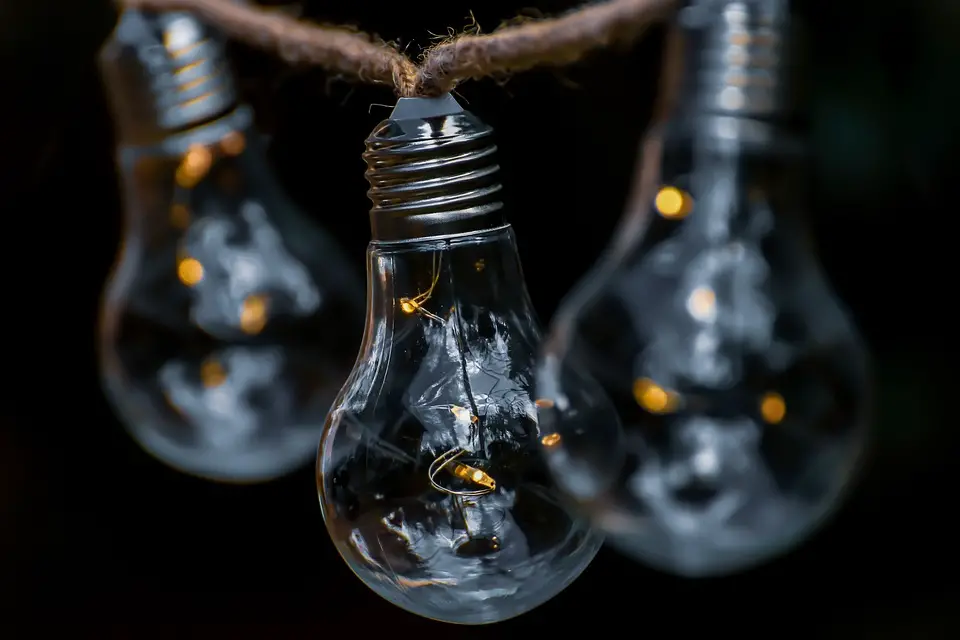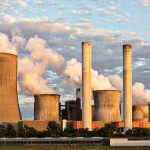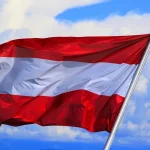As Darko Bicak/Poslovni Dnevnik writes, owing to large production from hydroelectric power plants, Croatian electricity exports took place in February. The Renewable Energy Sources of Croatia (OIEH) association expects that due to the melting of the large amount of snow that fell in various placed across the country last month, rivers will receive plenty of water in March and April, and all indicators point to a successful continuation of hydropower production over the next two months.
According to the data from the analysis made for OIEH by energy expert Marko Lovric, back in February this year, in the total available production, hydroelectric power plants participated with 35.58%, wind power plants with 14.36%, the Krsko nuclear power plant participated with 15.10%, and other renewable energy sources participated with 5.23%. Fossil energy sources accounted for 29.75% of the total energy structure in the Republic of Croatia in February.
“The large production of hydroelectric power plants in February was also achieved due to less emptying of reservoirs. At the same time, the wind power plants also had on average good production, and the Krsko nuclear power plant was operating at full power, considerably higher than the nominal power.
Due to the simultaneous large production of hydro and wind power plants and the resulting lack of flexibility resources in the system, it was necessary to occasionally export some energy. In February, net Croatian electricity exports of 51 GWh were achieved,” stated Lovric, adding that last month there was a large variability of daily consumption and peak load due to the climatic conditions throughout that month.
Due to the lower air temperature by 0.25 °C compared to normal, electricity consumption was higher by 6 GWh in February compared to the previous month. There was also a large physical transit of electricity through the HOPS high-voltage network towards neighbouring regulatory areas, an average of around 452 MWh/h, which led to an increase in losses for the Croatian transmission network.
When looking at daily consumption and peak loads in February, the maximum daily consumption stood at 61,663 MWh/h, which was achieved on February the 8th, while the minimum on February the 19th stood at 44,612 MWh/h. The total production of wind farms during the entire month of February was 223,288 MWh, and the power utilisation factor was 33.4%.
The average production of wind farms in February was 332.3 MWh/h, while the maximum production reached 793 MWh/h, and the maximum power factor was 80.8%. The average hourly price was 145.60 euros per MWh, which is a drop of 25.4% compared to February last year. The average hourly price for the first two months of this year was 146.08 euros per MWh and is 27 percent lower.
In the first two months of 2023, Croatia had 3335 GWh of electricity available and didn’t need to import it. The hydrological conditions during the first two months of this year were excellent, and hydropower accounted for almost 40% of the total available energy in Croatia, while wind power plants accounted for 14.48%.
In those same two months, wind farms produced almost the same amount of energy as the Krsko nuclear power plant. According to the currently available data, renewable energy sources accounted for 55% of the total available energy in Croatia in February, and as much as 61% back in January.
For more, check out our dedicated news section.











